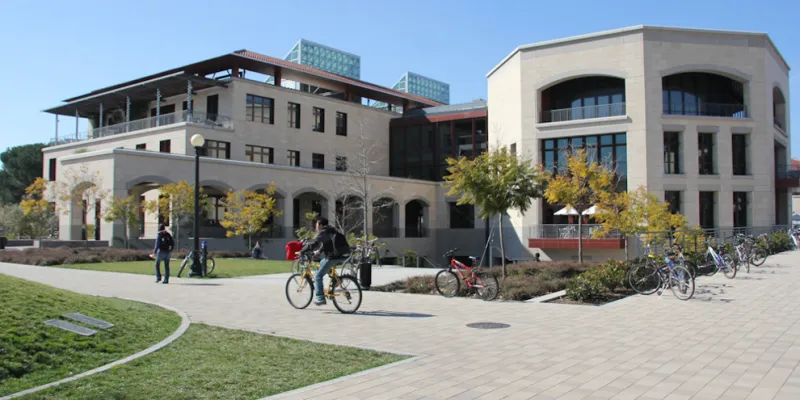Student researchers have taken it upon themselves to analyze Stanford’s winding, influential history with technology and Silicon Valley.
The Stanford Tech History Project, which began last August and was completed this April, seeks to analyze the technological changes that occurred at Stanford and in Silicon Valley since 2010. It points out University shortcomings in regards to diversity in tech and makes recommendations for Stanford organizations.
The project was completed by 13 team leads and over 50 students who conducted and analyzed more than 50 data sets and 80 interviews. Former Daily editor-in-chief Julia Ingram ’21 and Daily Opinion writer Nik Marda ’21 M.S. ’21 served as the project’s directors, convening student leaders to coordinate projects that resulted in a 370-page final report after nine months of work.
Marda hopes that the project’s “data, analysis and recommendations help maintain Stanford’s status as a top innovation and engineering hub, increase diversity and inclusion in tech at Stanford and create more technology with ethics and the public interest in mind.”
The project has highlighted areas of improvement for the University by spotlighting current shortcomings. Isabel Gallegos ’22, president of the Society of Latinx Engineers, served as a co-leader for the diversity team alongside former Daily staffer Ruth Ann Armstrong ’21. In her work, Gallegos examined how minority representation has changed within the Stanford computer science and electrical engineering departments over the past decade.
She found that although these departments have made strides in inclusivity, “it was alarming to see how few underrepresented minority students received graduate degrees in [computer science] CS and [electrical engineering] EE, and how lacking representation is at the faculty level.” Gallegos believes this to be a reflection of the systemic issues inequities low-income and minority students face in American education.
The project also inspired change through its recommendations to Stanford organizations, some of which have already been taken into consideration, according to Marda.
The project recommended that the Stanford Institute for Human-Centered Artificial Intelligence release its list of donors, which it had not done for over a year past its stated deadline despite multiple requests from the Tech History Project team. Only a few hours after the release of the Tech History Project, HAI released its list of donors.
HAI refutes that the project recommendation influenced their information release, stating that their list of donors was “published before we became aware of the report’s release” and was in accordance with their fundraising policy.
For these initiatives and more, the Tech History Project worked with students, experts and organizations from many different Stanford sectors. Gallegos was “grateful for the opportunity to work on this project and to be able to work with so many diverse individuals from so many different organizations across campus who all brought their own perspectives.”
The project was largely student-led, though computer science professor Mehran Sahami ’92 M.S. ’93 Ph.D. ’99, computer science associate professor Michael Bernstein ’06 and Program of Writing and Rhetoric lecturer Ruth Starkman served as faculty guides. Bernstein credits the students for completing the project. He stated that his impacts “were minuscule in comparison to the folks who organized and led the effort.”
“It was fascinating to see 2010s tech history replayed through the lens of 2020s values,” Bernstein said.
